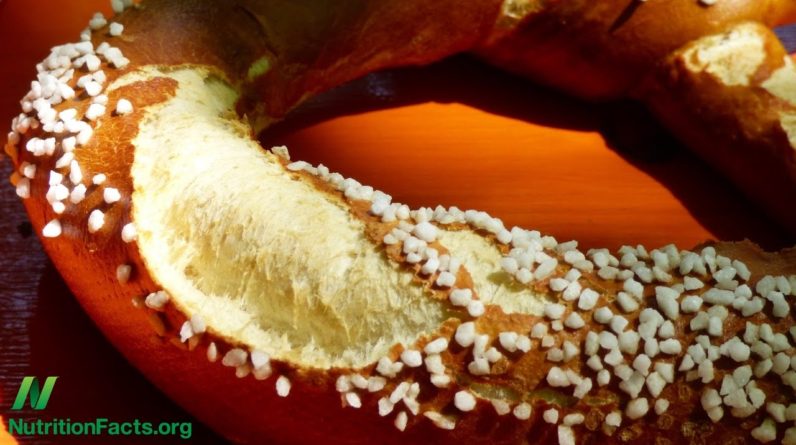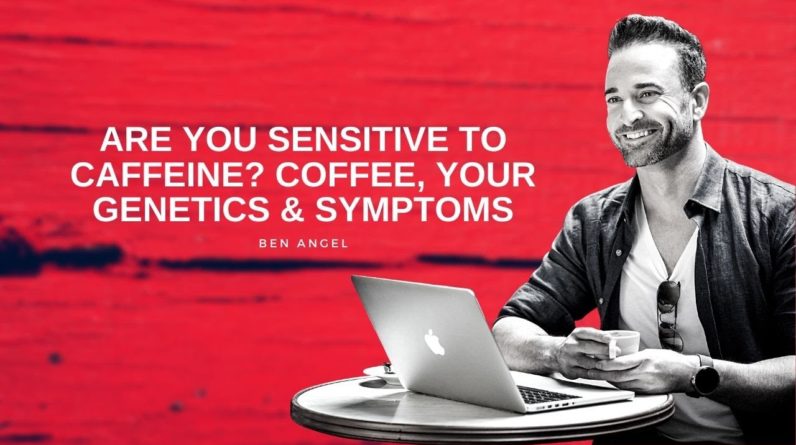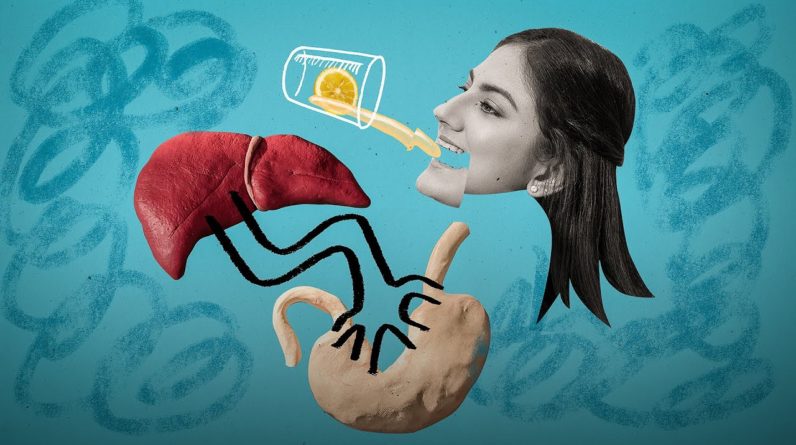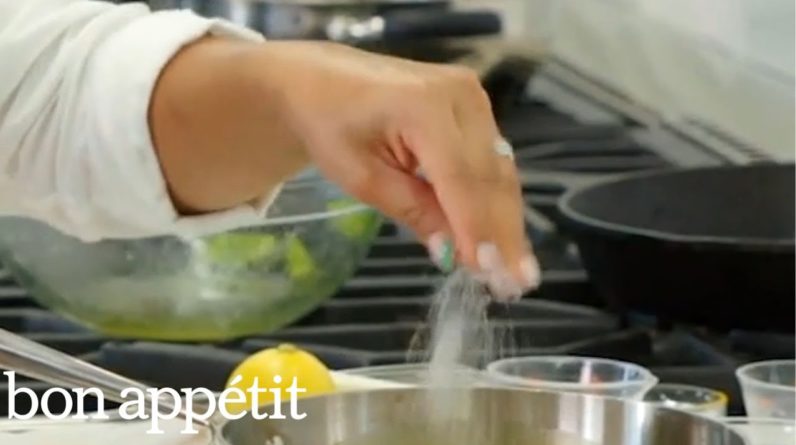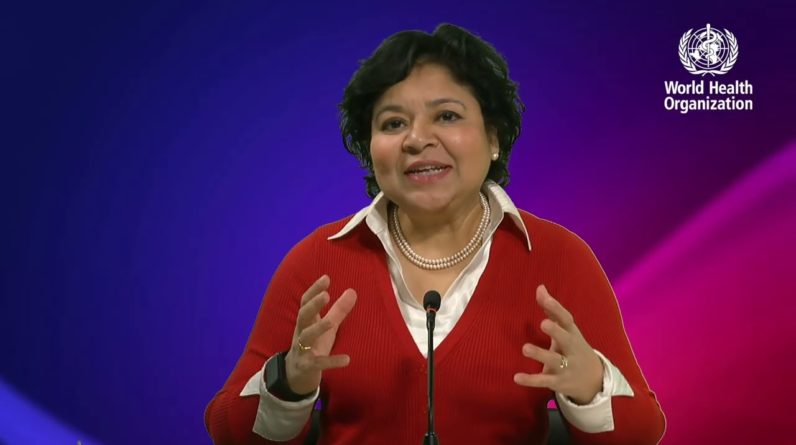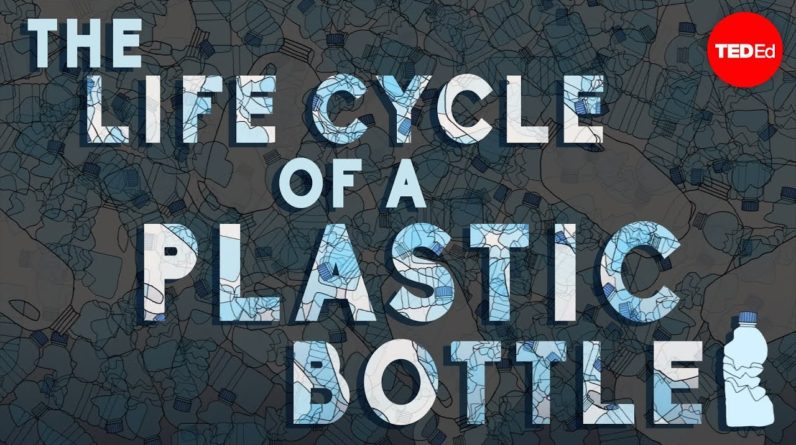
This is the story
of three plastic bottles, empty and discarded. Their journeys are about to diverge with outcomes that impact nothing less
than the fate of the planet. But they weren't always this way. To understand where these bottles end up,
we must first explore their origins. The heroes of our story
were conceived in this oil refinery. The plastic in their bodies was formed by chemically bonding
oil and gas molecules together to make monomers. In turn, these monomers were bonded
into long polymer chains to make plastic in the form of millions of pellets.
Those were melted at manufacturing plants
and reformed in molds to create the resilient material
that makes up the triplets' bodies. Machines filled the bottles
with sweet bubbily liquid and they were then wrapped, shipped,
bought, opened, consumed and unceremoniously discarded. And now here they lie, poised at the edge of the unknown. Bottle one, like hundreds of millions
of tons of his plastic brethren, ends up in a landfill. This huge dump expands each day as more trash comes in
and continues to take up space. As plastics sit there being compressed
amongst layers of other junk, rainwater flows through the waste and absorbs the water-soluble
compounds it contains, and some of those are highly toxic.
Together, they create a harmful stew
called leachate, which can move into groundwater,
soil and streams, poisoning ecosystems and harming wildlife. It can take bottle one an agonizing
1,000 years to decompose. Bottle two's journey is stranger
but, unfortunately, no happier. He floats on a trickle
that reaches a stream, a stream that flows into a river, and a river that reaches the ocean. After months lost at sea, he's slowly drawn into a massive vortex,
where trash accumulates, a place known as
the Great Pacific Garbage Patch. Here the ocean's currents have trapped
millions of pieces of plastic debris. This is one of five plastic-filled
gyres in the world's seas. Places where the pollutants
turn the water into a cloudy plastic soup. Some animals, like seabirds,
get entangled in the mess. They, and others, mistake the brightly
colored plastic bits for food.

Plastic makes them feel full
when they're not, so they starve to death and pass the toxins from the plastic
up the food chain. For example, it's eaten by lanternfish, the lanternfish are eaten by squid, the squid are eaten by tuna, and the tuna are eaten by us. And most plastics don't biodegrade, which means they're destined to break down
into smaller and smaller pieces called micro plastics, which might rotate in the sea eternally.
But bottle three is spared the cruel
purgatories of his brothers. A truck brings him to a plant where he and his companions
are squeezed flat and compressed into a block. Okay, this sounds pretty bad, too,
but hang in there. It gets better. The blocks are shredded
into tiny pieces, which are washed and melted, so they become the raw materials
that can be used again. As if by magic, bottle three
is now ready to be reborn as something completely new. For this bit of plastic
with such humble origins, suddenly the sky is the limit..


